Reloading Dies
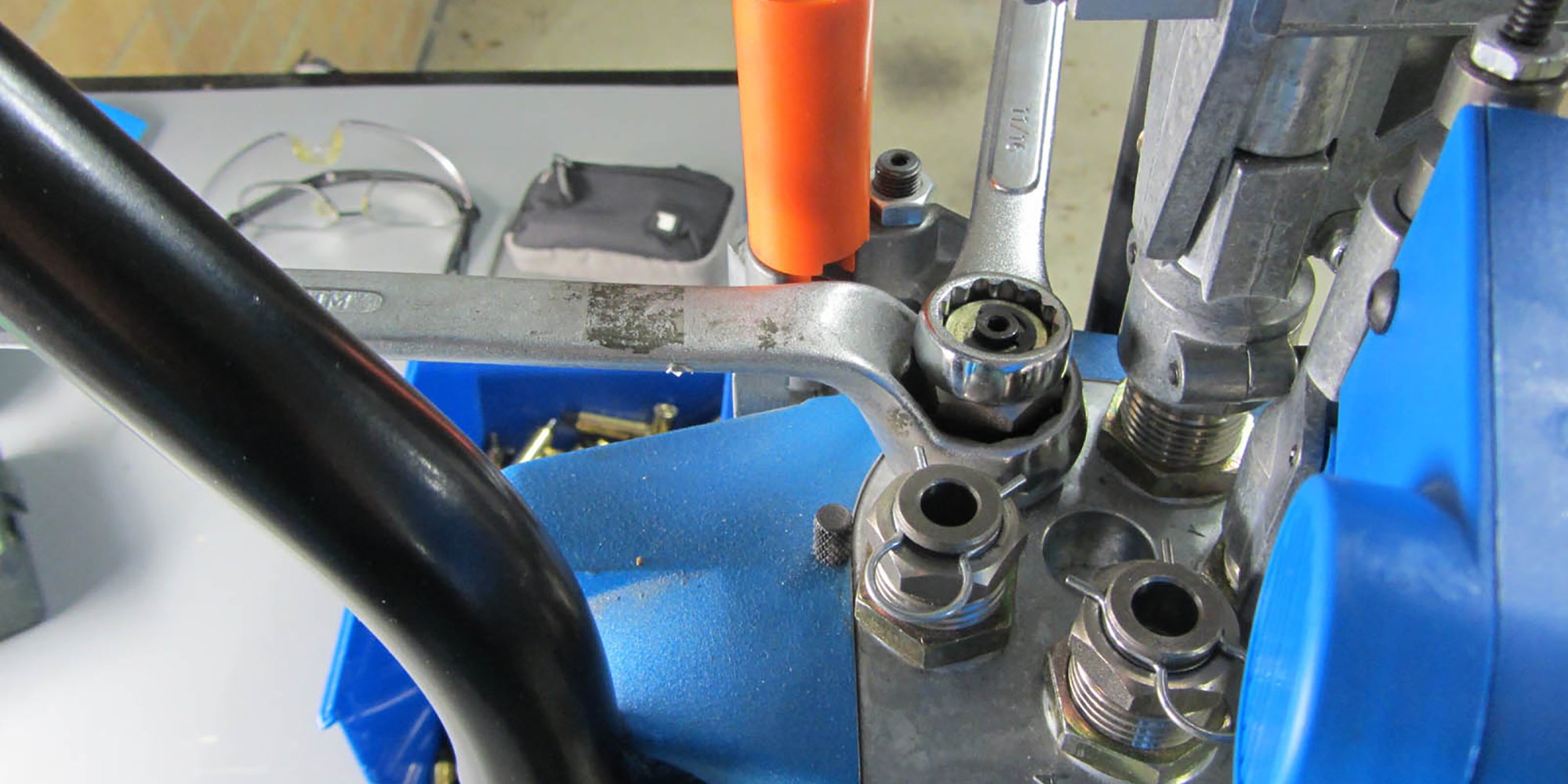
Dies are hardened steel pieces that fit into a reloading press to perform any one of several functions during the reloading process. Some dies may only perform one function, while others are built to support two or three parts of the process. Dies are typically sold in sets of two, three, or four separate pieces. Each of these pieces will perform a different function, with one or more of the dies sometimes being multifunctional. For example, it is possible for one die set to feature a decapping die as well as a resizing die, while another set may come with a combined decapping/resizing die. Below, we will outline what each task each single-function die performs.
Bottleneck Cartridges vs Straight-Walled Cartridges
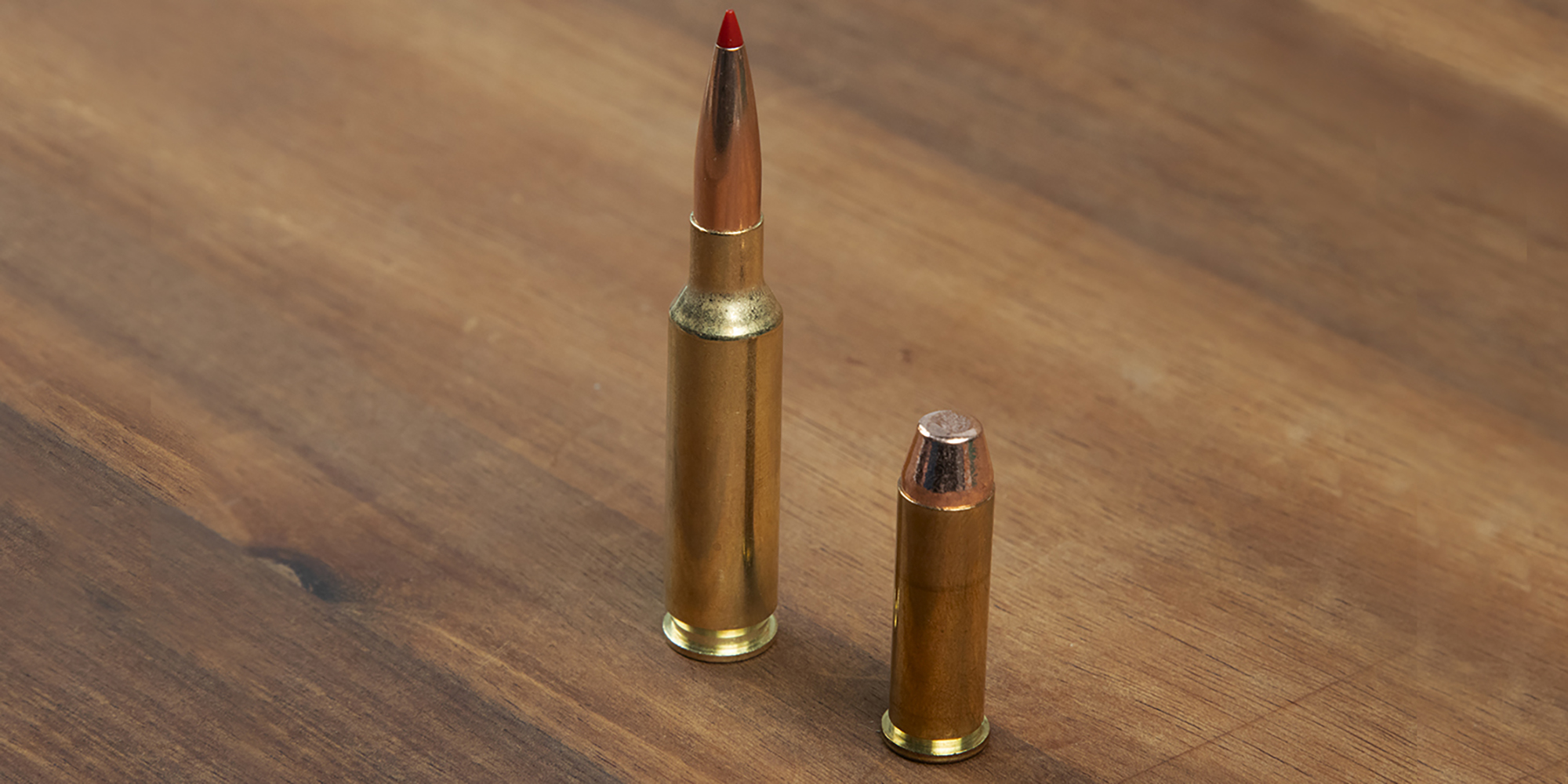
In order to purchase the proper die, there are two styles of cartridge case with which you should be familiar: bottleneck and straight-walled. These different shapes require different dies. Often, you will find dies in 2-piece sets for bottleneck cartridges and 3-piece sets for straight-walled cartridges.
Bottleneck Cartridges
There are two ways to resize bottleneck cartridges: you can either use a full-length resizing die that will alter the size of the entire case, or you can use a neck-sizing die which only resizes the neck of the case.
Neck sizing dies are engineered to reduce the amount of stress on the brass by limiting the amount of area which is structurally altered. However, neck sizing dies should only be used when you are reloading cases to be fired from the same bolt action rifle that it was originally shot from. This is because the brass case has already expanded to fit the chamber of that rifle, and has not been altered by the neck-sizing die. Even rifles of the same caliber can have varying sized chambers, as long as they are within the standard range for the given caliber.
Depending on the set that you purchase, bottleneck cartridge dies may come with both neck sizing and full-length resizing dies in one set.
Straight-Walled Cartridges
The major upside of dies made for straight-walled cartridges is that they typically include a carbide or nitride ring that entirely eliminates the need for lubricating the brass. If a die lacks one of these rings, then it is required to lubricate the inside of the die prior to use. Otherwise, the case will get sucked into the die.
Straight wall cartridge dies can either be purchased singly or as sets (usually three- or four-piece sets). Three-piece sets will generally come with a sizing die and depriming unit, a case mouth expanding die, and a bullet seating/crimping die. In some instances, you may find “powder through expander dies”, which allow users to charge their cases after expanding the case mouth. In four-piece units, you will typically see a similar array of tools, with the bullet seating die separated from the crimp die.
Decapping Dies
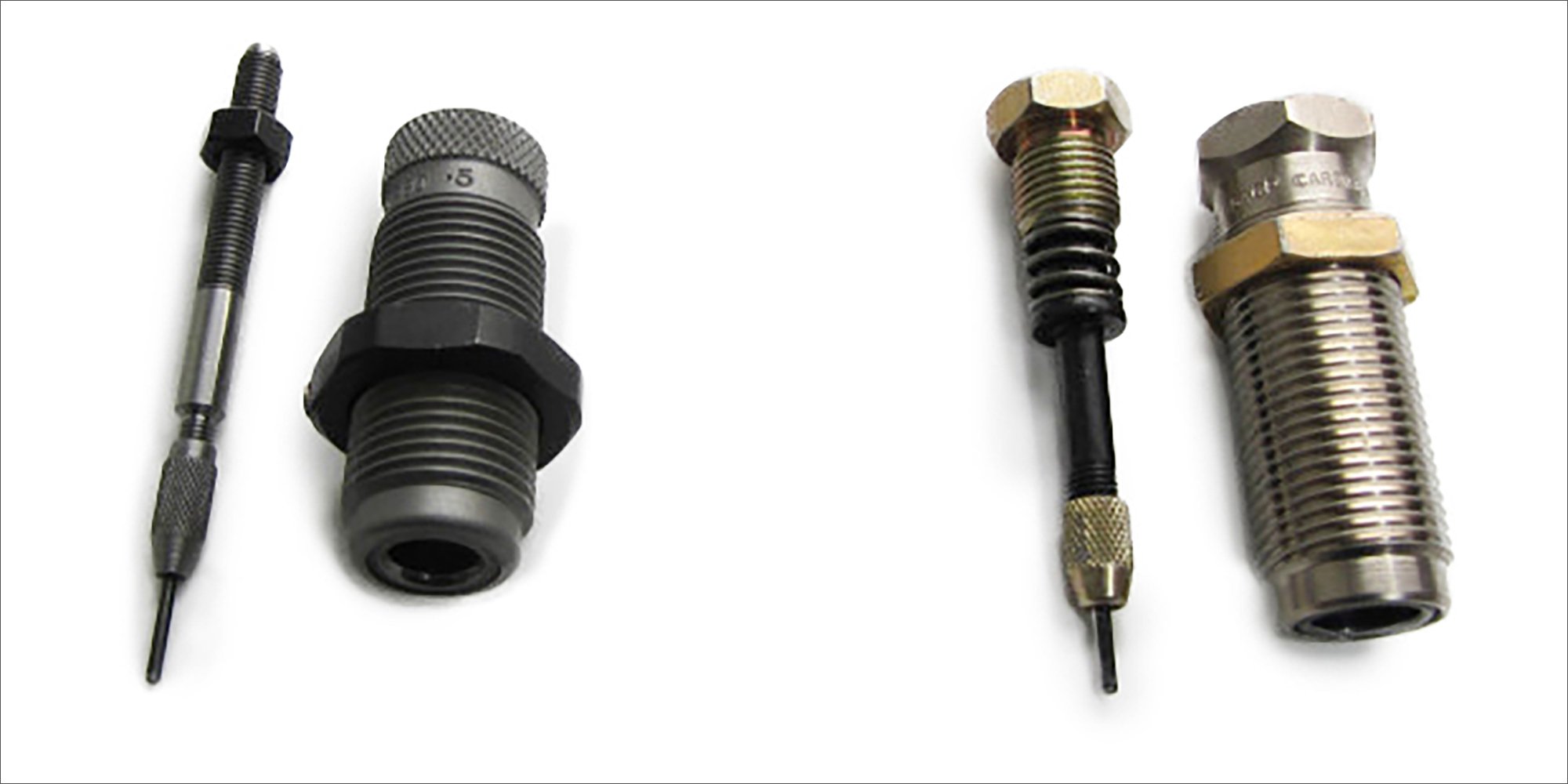
A decapping die is used to push an expended primer out of the cartridge case. It performs this function by pushing a long, thin pin through the primer hole, which then ejects the primer from the case. It’s important to use the correct diameter decapping pin for the size of the flash hole in the case. Cases that use small rifle primers generally have a smaller flash hole than do the standard size large rifle primers. If the decapping pin is not sized properly, it can damage the case and the pin.
If a decapping die body is set too low in the press, it could push against the case mouth and cause case damage. For this reason, decapping die bodies should be adjusted so that the decapping pin only barely pushes the primer from the case. The die body should not be touching the case. Advanced dies may feature spring-loaded decapping pins which are mostly self-governing. Once the body of the decapping die is adjusted to avoid the case mouth, further positioning is not typically required.
Because the decapping pin of a decapping die is so thin, it may become bent or loose within its holder over time. The decapping pin creates a significant force that can damage a brass case if the pin is bent or misaligned. If a case is damaged in this way by a decapping pin, it is no longer usable. Always be sure to align the decapping pin perfectly with the primer hole. To do this, all that is required is a visual inspection. The decapping pin typically protrudes below the decapping die’s base -- it can be checked with the naked eye for bends. When pressed on by your finger, the decapping pin should not move.
Resizing Dies
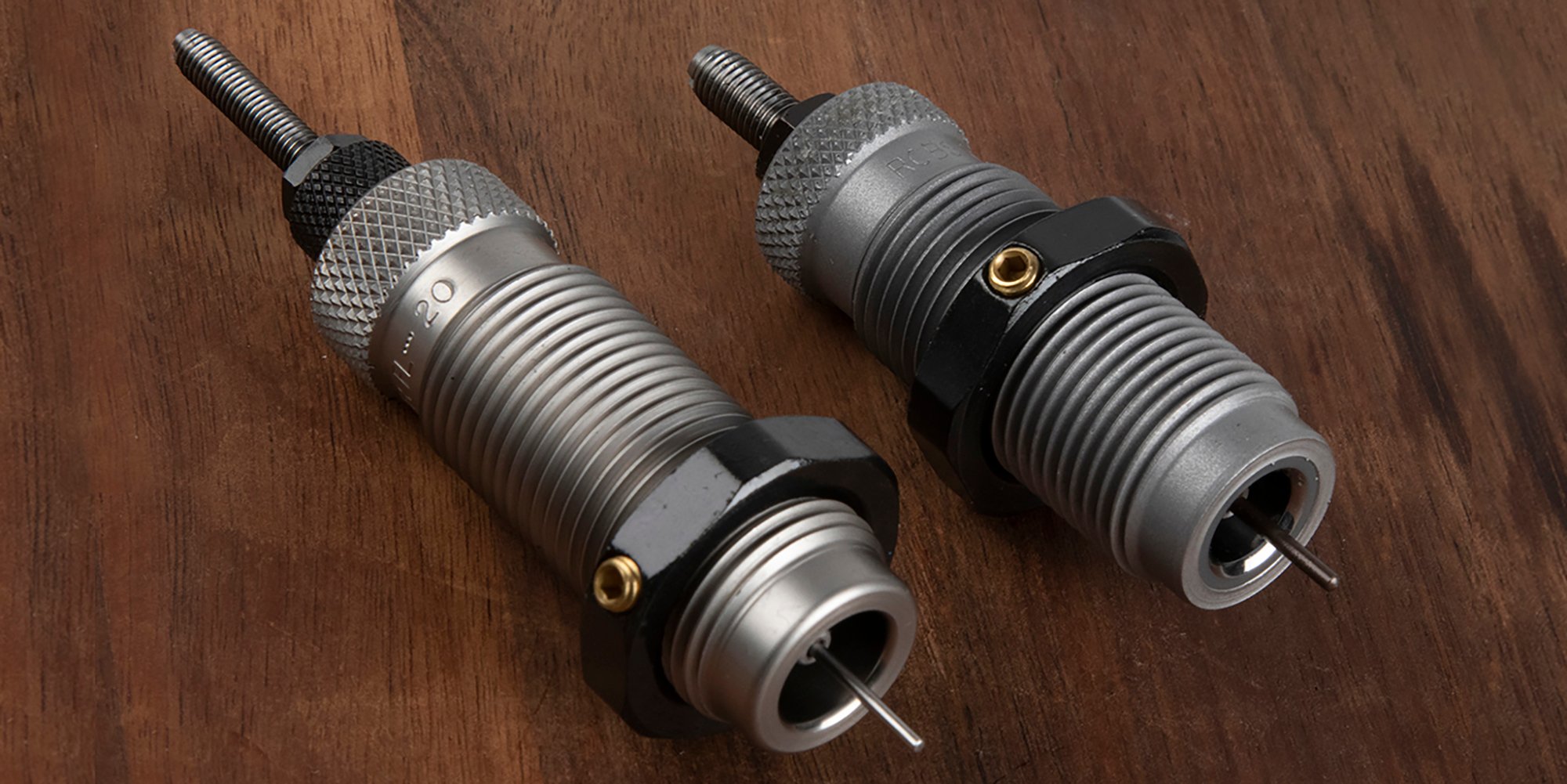
The function of the resizing die is as-advertised: it returns a spent case to its correct diameter. It is not uncommon to find a combined decapping and resizing die. The brass case is pushed into the interior of the die and the shape of the resizing die presses the casing back to the factory-specified dimensions. A piece of fired brass is misshapen by the explosion that occurs when it is fired. It has expanded in size and warped significantly. Because brass is an inherently rigid material, a steel die is needed to press the case with significant force to reshape.
To properly resize brass cases, some type of lubrication will be required. If the resizing process is performed without lube, the amount of pressure exerted by a reloading press will essentially fuse the brass case to the steel die. Later in this guide, we will discuss the different kinds of lubrication used with reloading dies.
Seating Dies
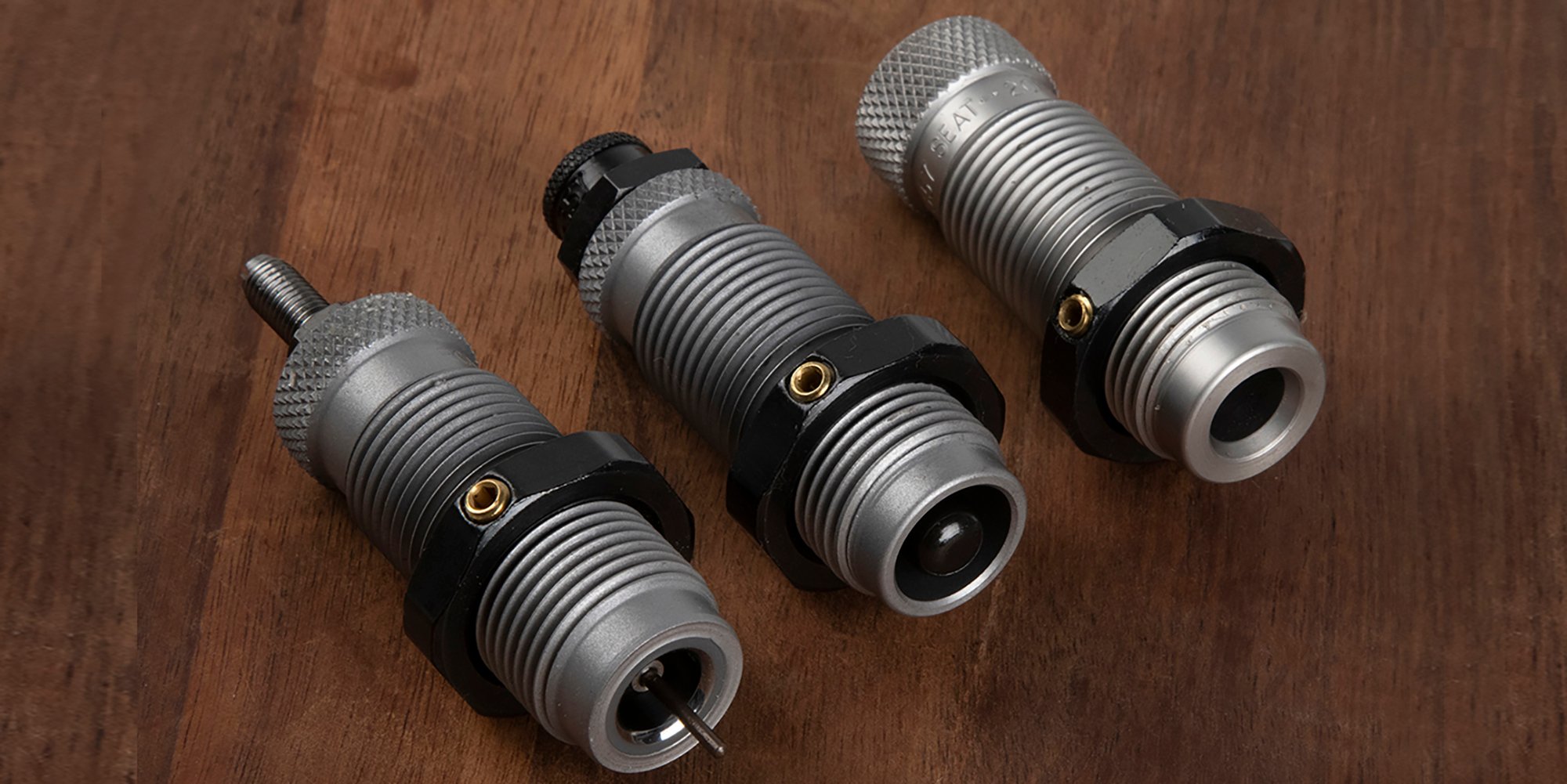
The seating die is used to push (or seat) the bullet down into the cartridge, based on the depth to which it is adjusted. The ideal depth of a bullet’s seating varies widely depending on the projectile used. The Overall Ammunition Length (OAL) is another thing to be considered when seating a bullet. The OAL should not be exceeded for a particular caliber. A proper OAL will greatly reduce the chance of misfeeds or cylinder obstruction.
When reloading, seating depth should be adjusted to ensure that the OAL is below its maximum for the specified caliber. The projectile should also be placed at the correct depth for crimping, which is typically the next step in the process.
Crimping Dies
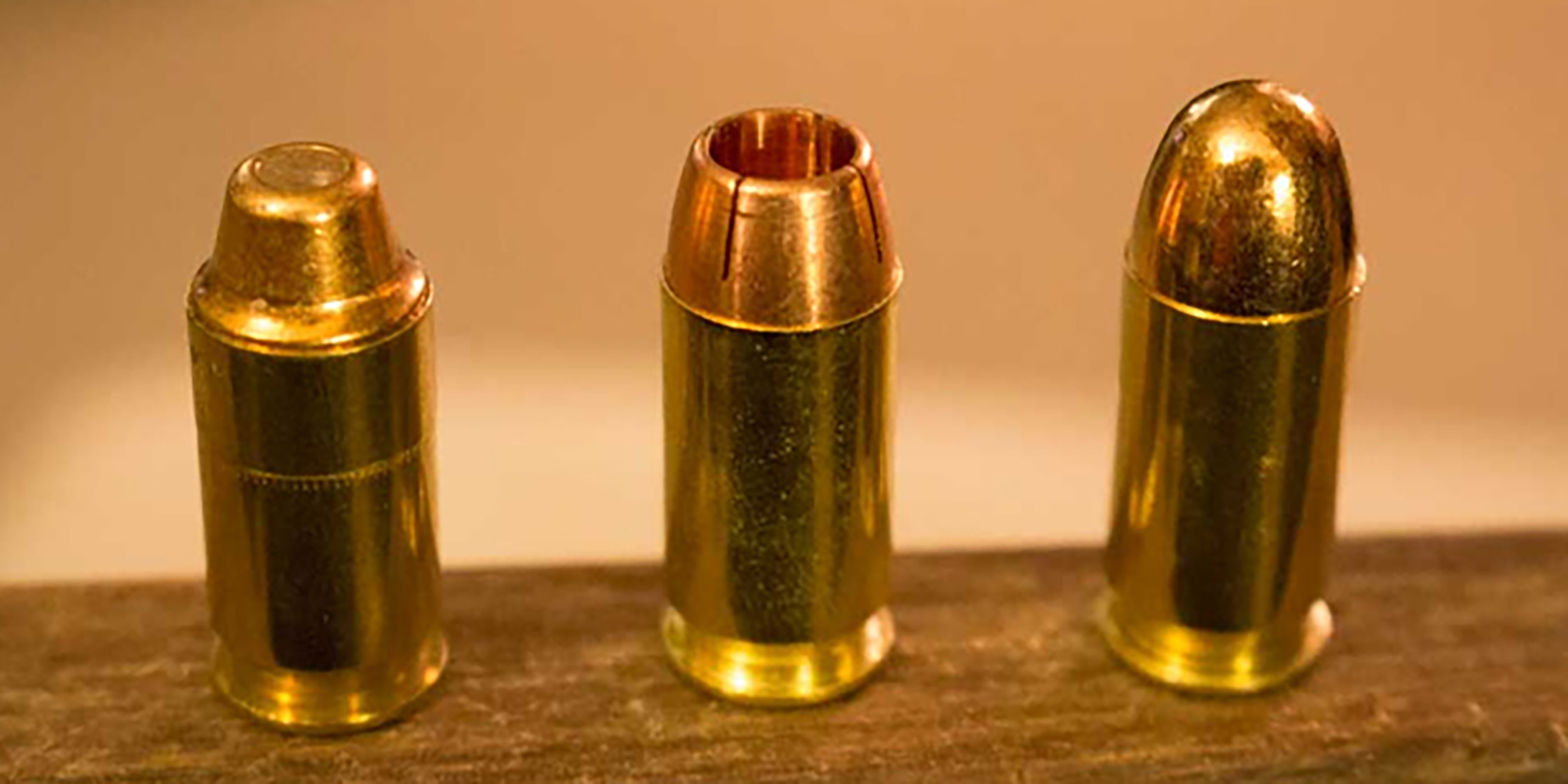
During reloading, case mouths are flared slightly outwards as they are resized (often called “belling”). Crimping dies press the case mouth back around the projectile in one of two ways: a taper crimp or a roll crimp. In a taper crimp, the case mouth is pressed flat against the projectile. In the roll crimp, the case mouth is rolled aggressively into a curve on the projectile.
Shellholders
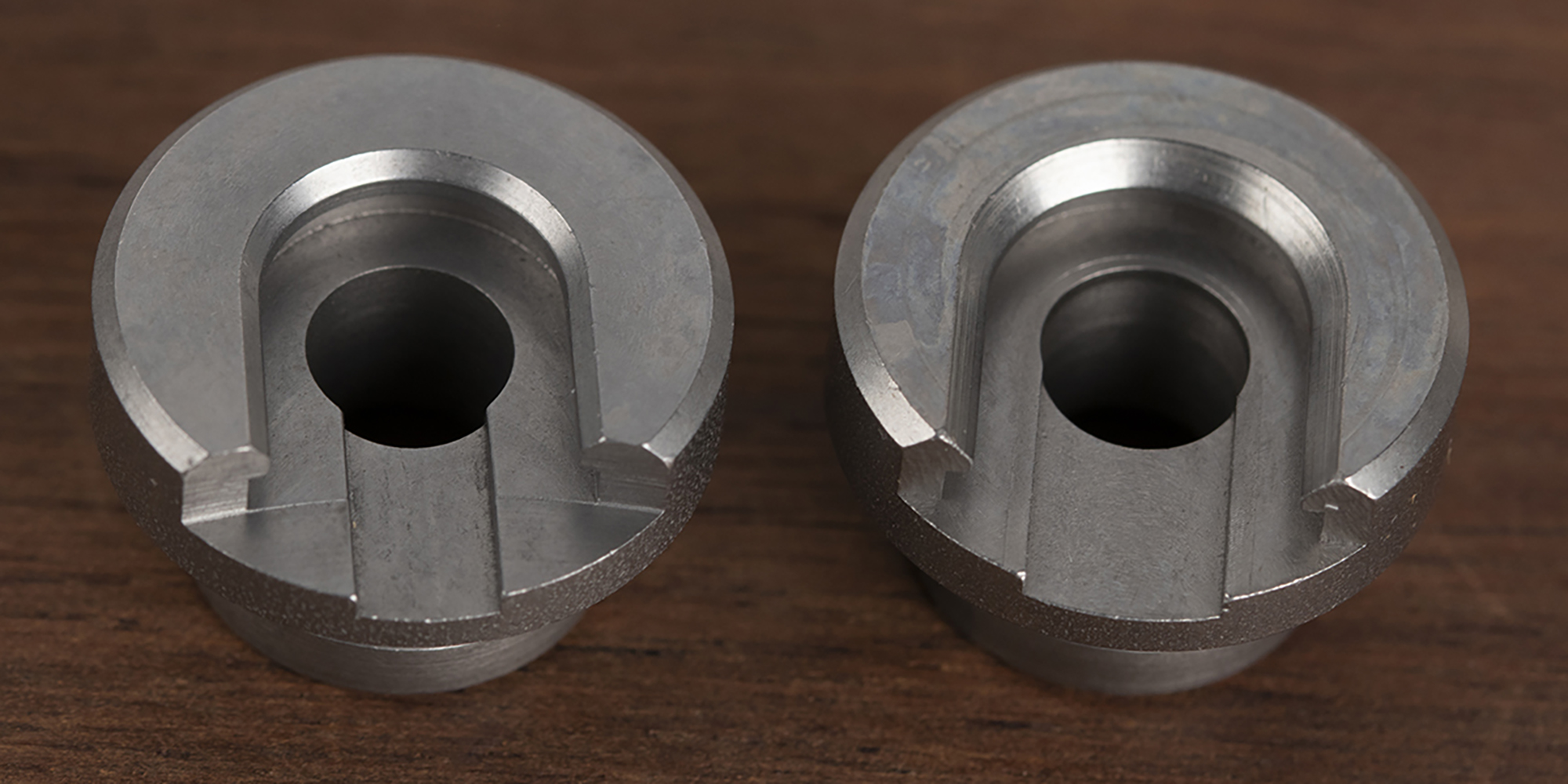
No matter what die you are using, you’ll need the appropriate shellholder for your cartridge. The shellholder allows the cartridge case to operate with the various dies. Your die sets may come packaged with the appropriate shellholder or they may not. Universal shellholders will work with any press, but it’s a safe idea to use the same manufacturer’s parts, as tolerances could differ slightly. The shellholder is specifically designed for the thickness, diameter, and taper of the case.